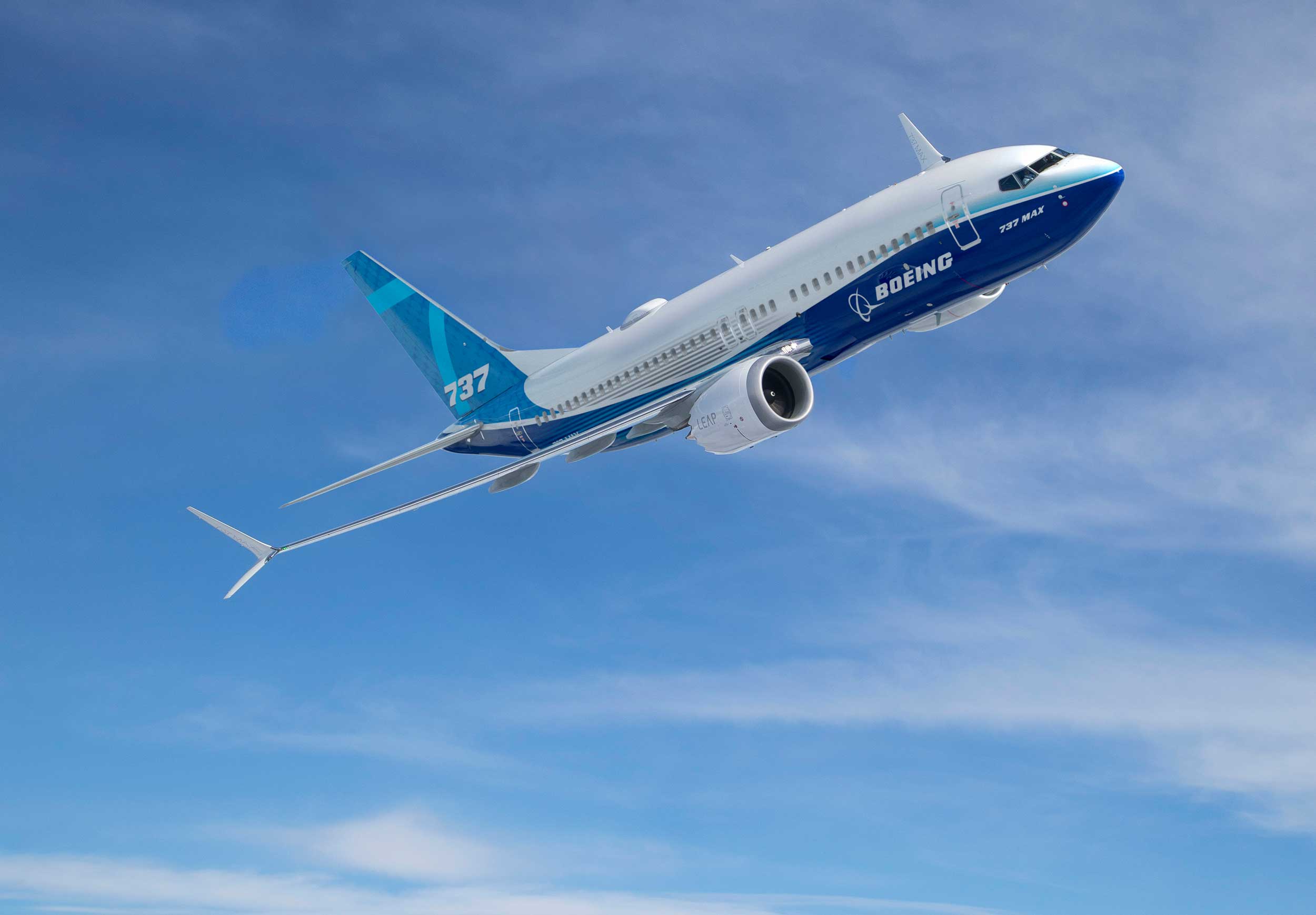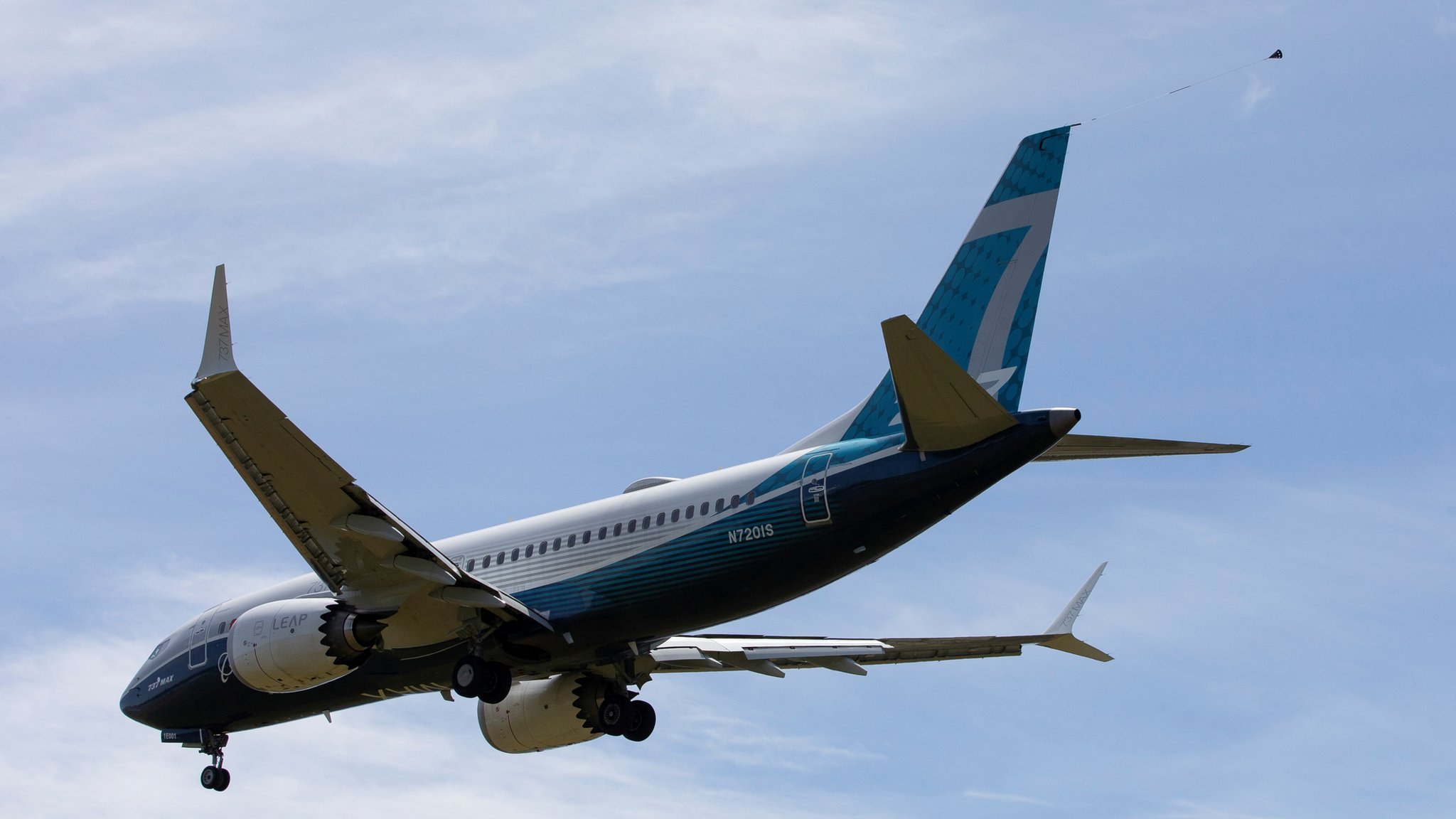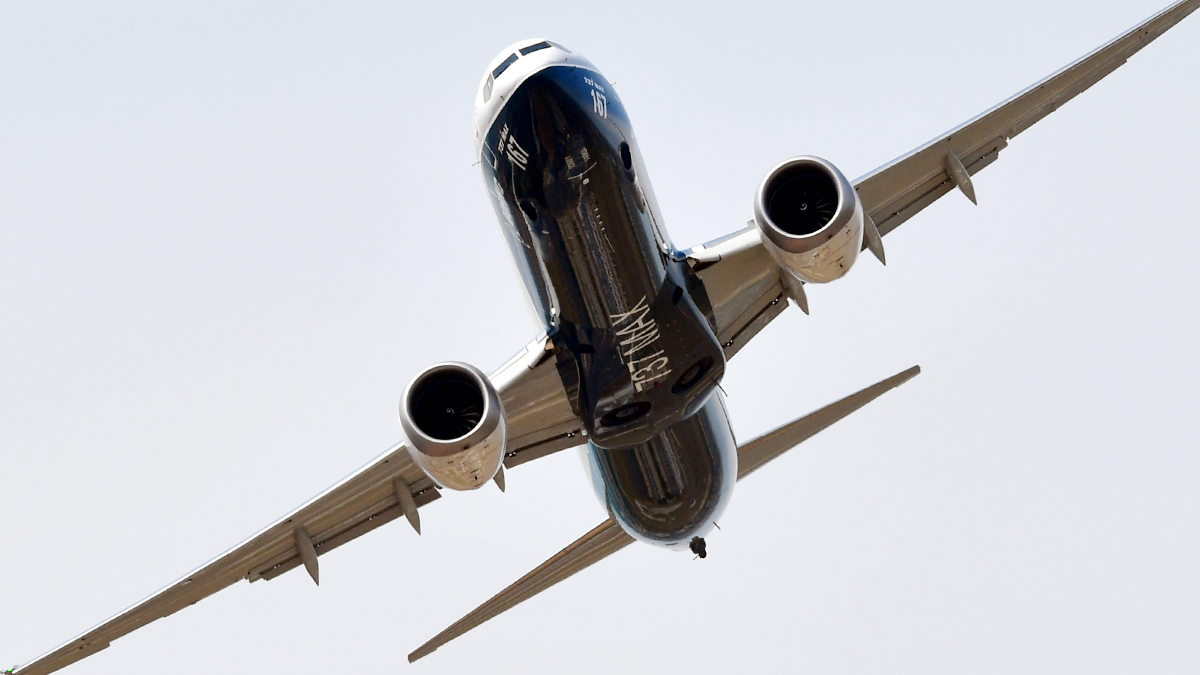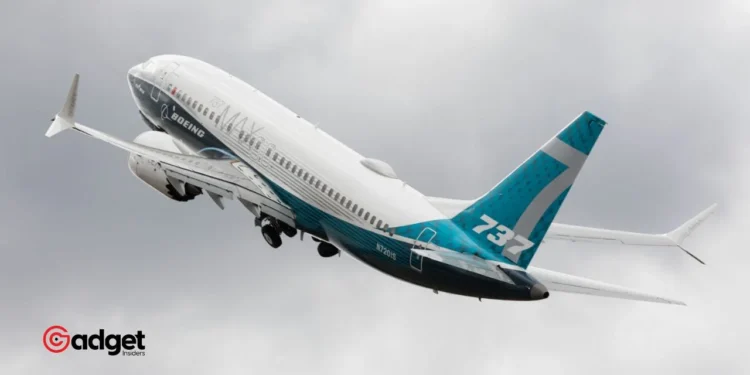In a recent development that could shape the future of aviation safety, Boeing has pledged significant enhancements to its production processes and safety protocols. This commitment comes in the wake of a detailed three-hour meeting with the Federal Aviation Administration (FAA), where the company’s executives unveiled a comprehensive plan aimed at overhauling the company’s manufacturing standards, particularly for the Boeing 737 MAX series.

Boeing’s New Blueprint for Safety and Quality
The meeting, which took place at Boeing’s factory in Renton, Washington, was not just another routine check. It was a crucial gathering that saw FAA Administrator Mike Whitaker and the company’s CEO Dave Calhoun discuss the future of one of the most scrutinized aircraft models in history. “This is a guide for a new way for Boeing to do business,” Whitaker emphasized, signaling a pivotal shift towards systemic change in the company’s operations.
The company’s revamped strategy includes several key elements designed to enhance the quality of aircraft production. Among these are improved training for employees, clearer assembly line instructions, stringent checks on supplier shipments, and increased frequency of FAA audits. “We are committed to executing on each element of the plan,” stated Calhoun, underlining the urgency and importance of these measures.
The FAA has barred #Boeing from increasing 737 MAX production due to ongoing safety issues 😮 pic.twitter.com/3uLzvYWuPd
— 🇺🇦Evan Kirstel #B2B #TechFluencer (@EvanKirstel) May 31, 2024
Continuous Oversight and Enhanced Procedures
The FAA has set a rigorous schedule for monitoring Boeing’s progress, with plans for weekly meetings and monthly reviews. A significant change is the shift from paperwork audits to active, on-site inspections by FAA officials. This hands-on approach aims to ensure that every phase of the assembly process meets the highest safety standards before any aircraft progresses to the next production stage.
One of the standout features of the company’s initiative is the introduction of the “Move Ready” procedure. This protocol requires that each stage of assembly be fully completed and compliant with safety standards before moving on to the next. This method addresses a critical FAA concern regarding the adherence to basic factory protocols.

Challenges and Expectations
Despite these proactive steps, Whitaker was cautious about the immediate future, indicating that it might take several months before Boeing could increase its production rates. “I don’t think it will happen in the next few months,” he remarked, setting a tempered expectation for the company’s short-term output.
Turbulent Times and a Path Forward
The backdrop to this overhaul is a series of unfortunate incidents and scrutiny that have beleaguered Boeing, including a mid-air fuselage blowout earlier in the year and ongoing probes into the company’s production practices. These issues have not only tarnished the company’s reputation but have also raised serious questions about the efficacy of its safety protocols.

The comprehensive plan presented by Boeing, detailed in an 11-page executive summary, marks a critical step in restoring trust and ensuring the safety of its aircraft. As Whitaker noted, the plan is primarily the company’s responsibility to publicize and implement, suggesting a shift towards greater transparency and accountability in the company’s operations.
Looking to the Future
As Boeing embarks on this rigorous journey of self-improvement, the industry watches closely. The changes Boeing is implementing could set new precedents for manufacturing quality and safety in the aviation sector. With a new CEO search underway and a committed team at the helm, The company aims to navigate through these turbulent times with a clear focus on safety, quality, and compliance.
This initiative not only aims to rectify past oversights but also to reinstate Boeing’s position as a leader in aerospace manufacturing. As the company moves forward, the effectiveness of these measures will be closely monitored by regulators and the industry at large, marking a pivotal era in Boeing’s storied history.










